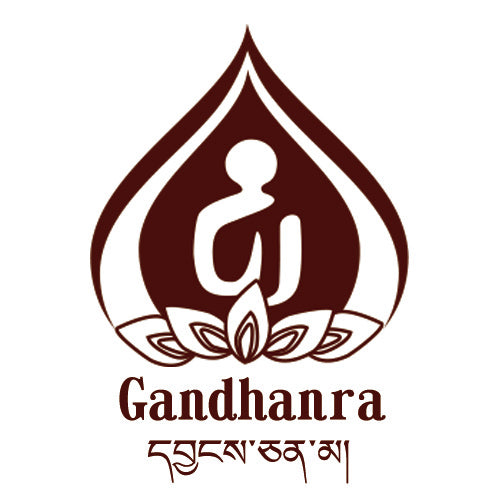Green Tara with Mantra Tsa Tsa Mold
Green Tara with Mantra Tsa Tsa Mold
⏱Vintage: 1990s
☞Handmade: 100%
⚒Materials: Copper
☲Size: 3.6" × 2.6"
Couldn't load pickup availability
❤This unique big size Green Tara Tsa-Tsa mold is made by Tibetan craftsmen in Hepo Township, Baiyu County.
It's made of brass,in the center is Green Tara sitting on a throne, surrounded by her mantras in Tibetan letter: Om Tare Tuttare Ture Svaha
❤ With this exquisite mold, you can use clay to make your own Buddha statue as a decoration or gift.
The statue that you make from your moulds can be left plain or painted.
You can learn how to make your statue with this video
The text surrounding the Buddha statue is the Tibetan version of the Green Tara Mantra,the Sanskrit version is as follows: Om Tare Tuttare Ture Soha By calling on Tara’s protection from danger and from our fears with a sincere motivation to be relieved of our suffering for the benefit of all beings, we can gain the multiple benefits of selfish altruism, and compassionate action, becoming happier ourselves as we help others.
❤ SPECIFICATIONS
Material: copper
Craft: Manual mold, pouring
Color:Brass
Size:
Length:about 9cm / 3.55inches
Width :about 7cm / 2.66inches
Height:about 5.6cm / 2.2inches
Weight:about 400g / 14oz
❤HOW TO USE
1. Oil the mold to prevent the clay from sticking
2. Place the mold on the prepared clay
3. Press or hammer the mold hard to shape the clay and take out the blank
4. Dry the blank naturally, let it dry completely
5. (Optional) Bake it in the oven to enhance its hardness, just like pottery
6. (Optional) You can even paint it yourself.
❤You'll get 1pc Buddha statue mold as pictures shown.
❤ABOUT TSA TSA Tsa Tsa (Tibetan: ཚ་ཚ་, Willy: tsha tsha; Sanskrit: satchāya; Pali: sacchāya or sacchāha), a small mold-releasing clay sculpture in Tibetan Buddhism.
Tsa Tsa originated from India and was introduced to Tibet in the seventh century. It is extruded through a metal mold, and the cement is mixed with wheat grains, treasure powder, spices or the ashes of the monk.
The patterns on it were mainly in Indian style in the early days, such as the Sky Tower, Gate Tower, Bodhi Pagoda, and the mantras of the Prajna Paramita Heart Sutra.
Later, Tibet began to make its own molds, and the patterns of gods and Buddha images and the six-character mantra began to replace the earlier Indian style. Tsa Tsa is generally placed in the pagoda as a stupa, or placed in a special "Tsa Tsa kang", or enshrined in temple halls, mani piles, monks' cultivation caves and other places.
❤ABOUT Green Tara
Tara, who Tibetans also call Dolma, is commonly thought to be a Bodhisattva or Buddha of compassion and action, a protector who comes to our aid to relieve us of physical, emotional and spiritual suffering. Tara has 21 major forms, each of which has a different color and spiritual attribute.
Of these 21 forms, two are especially popular among Tibetan people — White Tara, who is associated with compassion and long life, and Green Tara, who is associated with enlightened activity and abundance.
We usually think of om tare tuttare ture soha as Green Tara’s mantra, although sometimes it is used as the main mantra for all the Tara’s.





















